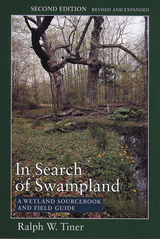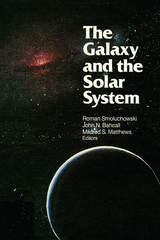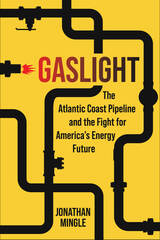

Agricultural planning, individual or national, depends on an understanding of competition in farm products between one region of the United States and another. The agriculture of different parts of the United States competes constantly with that of other parts—as, for example, the early competition in cotton between the northern frontier and southern growers, later between the southwest frontier and the Old South, and recently between California and the South. There is equally strong competition between potato-growing regions. It is this inter-regional competition in a country with no trade barriers which two outstanding economists analyze in this book.
They present the results of a concrete study of one outstanding example: competition in dairy production between the Northeastern States and the Lake States of the central Midwest for the New England market for fluid milk and cream. Six selected sample areas were analyzed carefully in each region in 1935–36 and predictions were made about future production and marketing of dairy products in each of these areas. Ten years later these areas were surveyed and the production changes compared with the predictions.
The authors’ conclusions about the conditions under which New England will be able to continue to compete with the lake states for the New England market are significant in themselves. Even more important, however, is the development of a method of analysis which can be widely employed to furnish the information which is needed to guide future developments in the agriculture of the United States or in any other country. This study is therefore an important contribution to the theory of interregional and international trade.
READERS
Browse our collection.
PUBLISHERS
See BiblioVault's publisher services.
STUDENT SERVICES
Files for college accessibility offices.
UChicago Accessibility Resources
home | accessibility | search | about | contact us
BiblioVault ® 2001 - 2024
The University of Chicago Press









